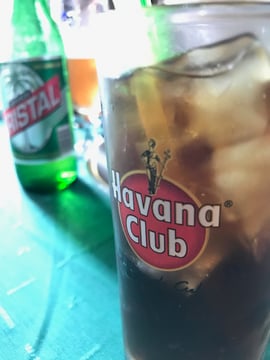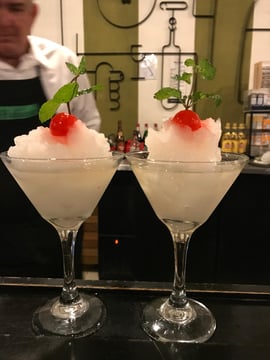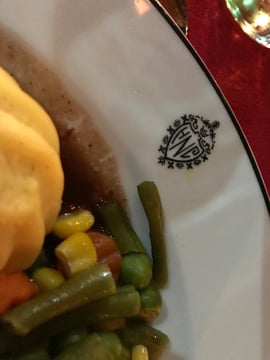For the last 10 years, the number one place in the world I've wanted to see was Cuba. The people, the music, the rum, the cars, the cigars – you name it. There's one glaring omission from this list, though.
The food.
People who had already been to Havana and even the guidebooks all say how the food is basically nondescript. You'd think meals would be amazing considering Cuba's tropical location, but in reality, it's just not an ideal place for cuisine seekers.
It's shocking, I know. And had I not known about the mediocre quality of the food before I went or been so enamored with the other aspects of Cuba, I would have left somewhat disappointed.
But what was it about the food, and what kind of lessons can we learn here in the States?



In my opinion, I don't care how great the chef or how innovative the oven, good food largely depends on one thing. Good ingredients. If you don't have a variety of high quality things to cook, you're limited. If you're only painting with white and black, your art will be monochrome. If you only pitch, you'll never be a .300 hitter.
I'm not nearly smart enough to go into all the reasons why Cuba is the way it is, but one thing is obvious. They don't have a lot of ingredients. Even the fruit and vegetable carts are limited. And coming from a place like the United States where we have ingredients sometimes flown in overnight, the concept of a "limited palette" is literally foreign.
For food suppliers, manufacturers, and distributors, there will likely be an enormous opportunity to expand into Cuba as the country continues to grow on the coattails of an expanding hospitality industry.
Almost daily, there are new reports of American and global food manufacturers expressing interest in the growing Cuban marketplace, from cheese to corn to Nestlé.



How Does This Relate to Food Manufacturing Trends in the U.S.?
According to the National Restaurant Association, three of the top ten foodservice concepts for 2017 involve local sourcing, with the top trend being hyper-local sourcing. In addition, the NRA expects many ingredient-based items to shift toward more concept-based ideas. This is almost the exact opposite of the situation in Cuba, where a premium is placed on the actual ingredients.
In the United States, a declining emphasis on ingredients means food suppliers and distributors need to educate their buyers on not just the quality of the ingredients, but the concepts and applications for which they can be used.
Along those very lines, one of the biggest challenges food manufacturers and distributors seem to have is driving demand from their ideal buyers. A quick glance at the web and it's easy to see that many food supply companies, food manufacturers, and ingredient providers are missing out on a variety of opportunities to educate chefs and foodservice operators throughout the industry.
To get an idea of what I'm talking about, schedule a quick Intro to Inbound Marketing presentation with us, and we can walk you though a new cookbook for generating leads and driving sales in your food manufacturing business.
